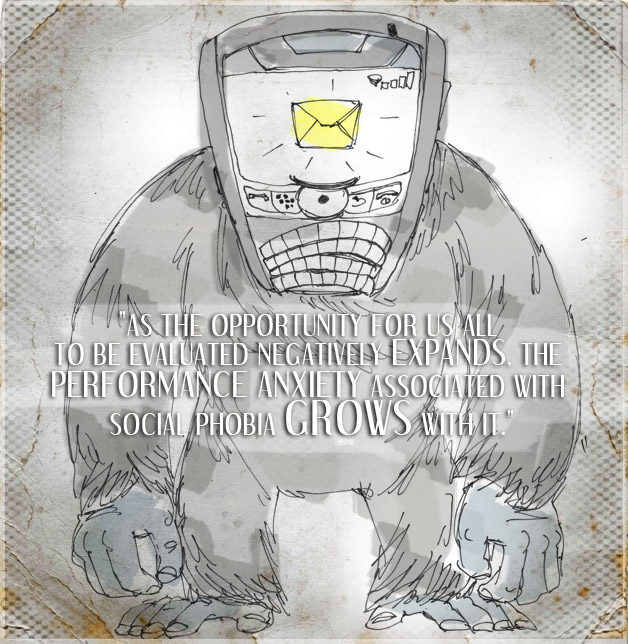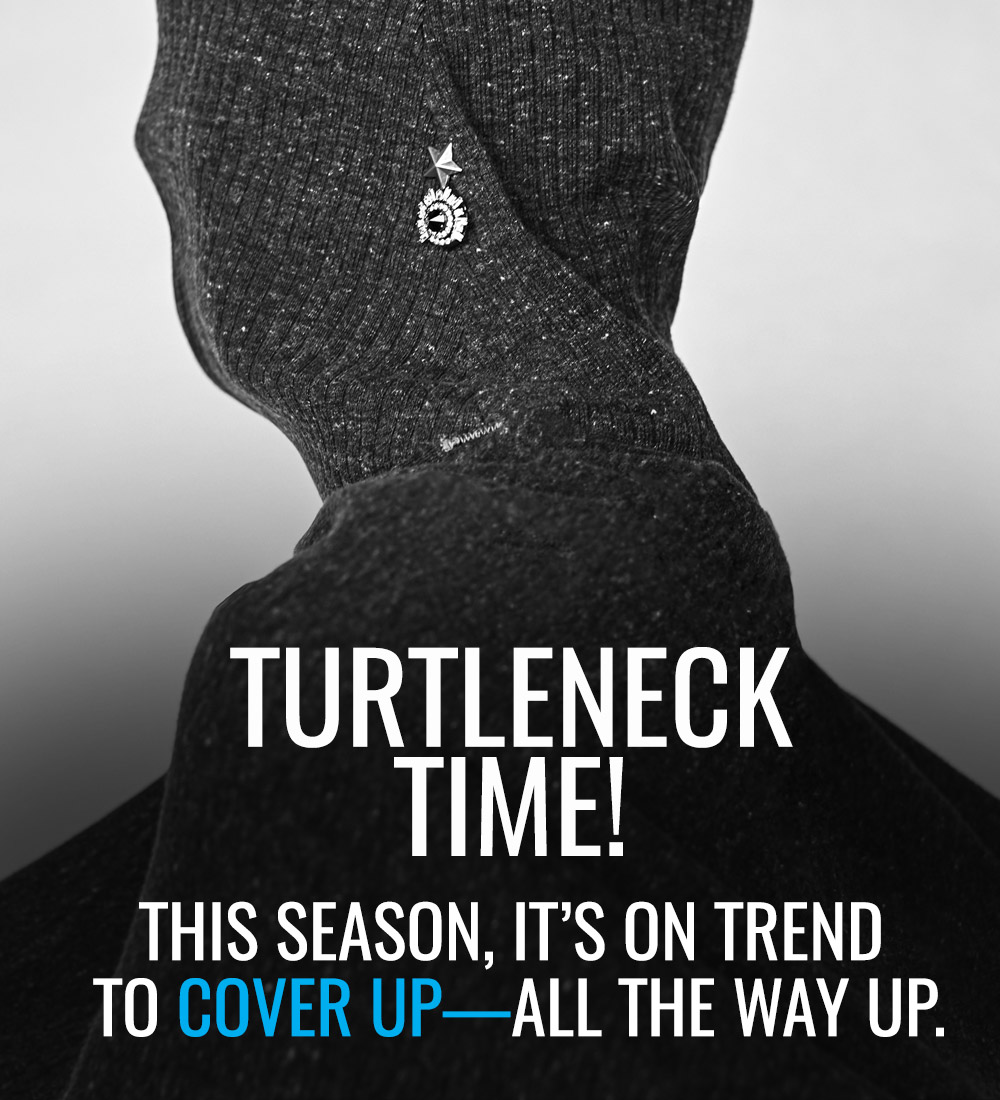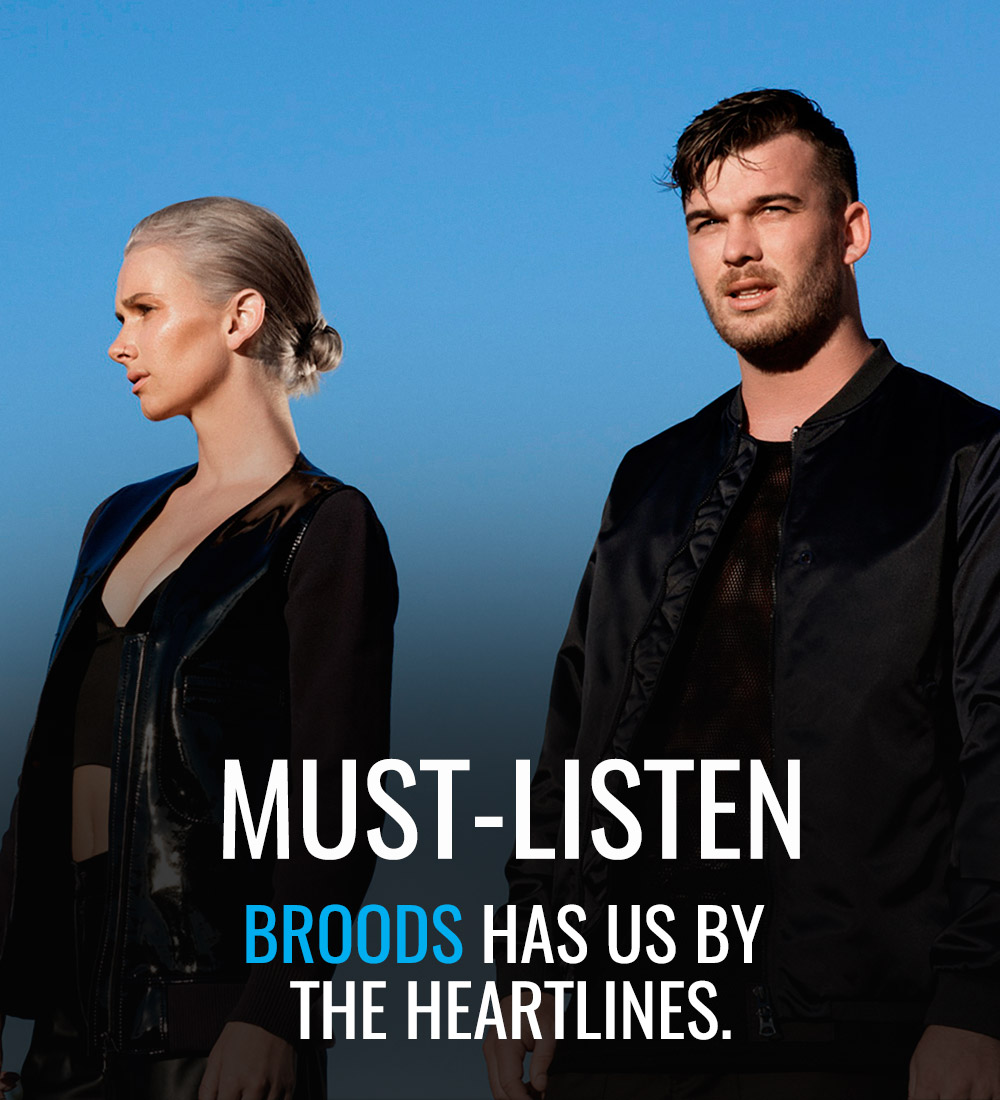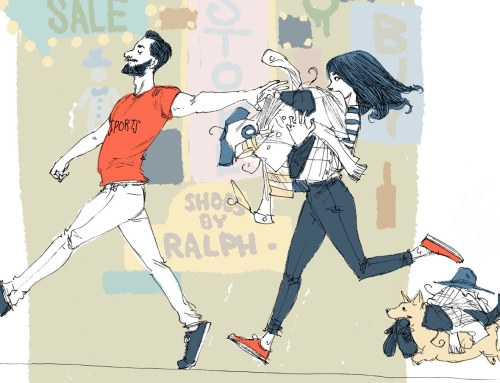Wishing someone happy birthday on Facebook makes me feel like I am in high school again. Sometimes this is because the person is someone I know from high school and now only engage with on Facebook. But most often it is because there is a keen edge to the kind of pressurized socializing that occurs in the online world that makes me feel a low-grade anxiety and social awkwardness that also permeates each and every high school memory (How emo was I? Just guess). The birthday greeting for instance. I know it is your birthday because Facebook tells me so. But maybe we haven’t spoken in a few years. Or were never that close to begin with. It feels rude to ignore the fact it is your all-important day of birth, but then again it feels like overstepping to trounce onto your wall and make some sort of statement “HAPPY DAY FRIEND!!!” when I will probably never say anything to you this year, or perhaps ever again. And if I do know you, and do see you, and text you and email you, is it a bit…chilly…to just post a message on your wall wishing you a happy day like all of the other flotsam and jetsam pals from your past and present? Shouldn’t I bring you a cupcake or something? What kind of “friends” are we anyways – virtual or verified? And this kind of buzzing, paranoid mental argument occurs nearly daily, thanks to the fact that I have enough “friends” on Facebook to blanket every day of the year in birthdays.
This is one tiny example of the kind of digitized pressure cooker we willingly place ourselves in daily. Each new digital communication medium (text, bbm, Twitter, Linked-in) has its own code of ethics, signifiers, hierarchy and language. And all of it is housed in the tool that has quickly become my (and most people I knows) personal overlord – the smartphone. It is the future friends, and I am this close to building a bunker (but you know, a sweet one like Christopher Walken built in Blast From The Past) and heading down there with my record player, typewriter and analog camera to wait out the four horsemen in retro-infused comfort.
Or not. Most of the time my faithful Blackberry is comfortably wedged in my palm and the access to a world of information is satisfying especially when proving myself right in arguments – google it! However the high school level anxiety creeps in if not daily, certainly weekly. I shun returning phone calls, linger on responding to emails and texts, and labour over the correct way to express my thought in 140 characters or less. Rather than feeling connected by all this communicating, I often end up feeling even more isolated by it. And (ironically) I am not alone.
Social phobia is an anxiety disorder which manifests in a powerful fear of social interaction. The average age for it to begin is 10 to 13, and occurs nearly twice as often in females. It boils down to “a fear of being evaluated negatively in social situations.” Now consider that the amount of social situations we find ourselves in daily have expanded beyond real life into virtual life, requiring social performance that can be judged and evaluated by a large (Facebook) or small (bbm) amount of people depending on the forum. As the opportunity for us all to be evaluated negatively expands, the performance anxiety associated with social phobia grows with it. The temptation is no longer to simply curl up under the covers, but to turn the ringer off, remove the battery and escape it all.

In friendships and romantic relationships, this anxiety is compounded by the public visibility of all your private decisions. Facebook relationship status terms “In a Relationship” and “It’s Complicated” have replaced brunch banter as the way of announcing your romantic rank. While in the past time and neglect could casually weed people out of your daily consciousness when the relationship or friendship was outgrown, technology makes this process more deliberate, requiring you to choose to defriend, unfollow, and delete people from your virtual life. Not only the break-up stage has become fraught. Courtship is also entangled in a digital labyrinth. “When will (s)he call me?” has become “I know he has read that bbm message, why won’t he respond??” There is also a hierarchy of communication forms that must be addresses. Calling someone now seems very, very personal, and is reserved for serious relationships, best friends and urgent “where are you???” phone calls. Email, text and bbm are the common tools of modern dating and are wielded with military-level precision, each word parsed for potential misreading, tone, and subtext. More casual tools like Facebook and twitter can mostly be employed for light flirting and heavy stalking. I still remember a time when you would find out the guy you were crushing on had terrible taste in books after several dates, rather than as soon as your friend request has been approved. These days, with everything out there for the world to see, we can decide if someone is funny from their tweets, good-looking from their Facebook, and reliable from the timing of their texts. It is no wonder we are anxious about being judged – the truth is that we are all on a microscope of our own making.
So how can we navigate the tech-shark infested waters? My prescription is rooted in simplicity. Some of you may remember a time pre-smartphone like I do and this process will be easier for you than for the bambinos who had online presence by the age of ten.
Step one: Make a phone call. Do not text, email, or bbm. Do not message, tweet or poke. Pick up your phone and call your friends/lovers directly. Make a plan, with a location and a time. Do not leave a voicemail (this tool really is extinct, and should only be used by parents for guilt-trip purposes). If they don’t answer, call back. Not psychotically every ten minutes until they answer. Remember the art of patience, which was practiced in a time before instant gratification was king. Use it.
Step two: Follow through. Be at the designated place at the designated time. Do not text that you will be late. Just be there, when you said you would be. Once there, leave your phone in your pocket or purse. Don’t check your email while you talk, or scan twitter while your companion orders food. Pay attention to the person in front of you, who you have chosen to see. There is no reason to expect anyone else is more interesting out there in the twitterverse.
Step three: Do something real. Make something for them that you think they would like, like a cookie. Or after you hang out, swing by their mailbox and leave a note saying how much you loved seeing them. My favorite of all? Make a mix-tape (yes on c.d. – I am not suggesting we return to the Stone Age). A mix of songs you think they would like with a hand-made disc jacket full of inside jokes in the liner. Is it really the same to make a mix on 8tracks.com and send your love a link? Absolutely not.
Step four: Rinse and repeat with all of the people in your life who you really adore.
Will this recipe solve my (or anyone else’s’) social anxiety, technophobia or slow the speeding bullet of technological communications? No. But perhaps it will carve out a little place for the kind of connecting that only happens face to face. If so, you can cancel my bunker – I will do just about anything for a mix-tape.











